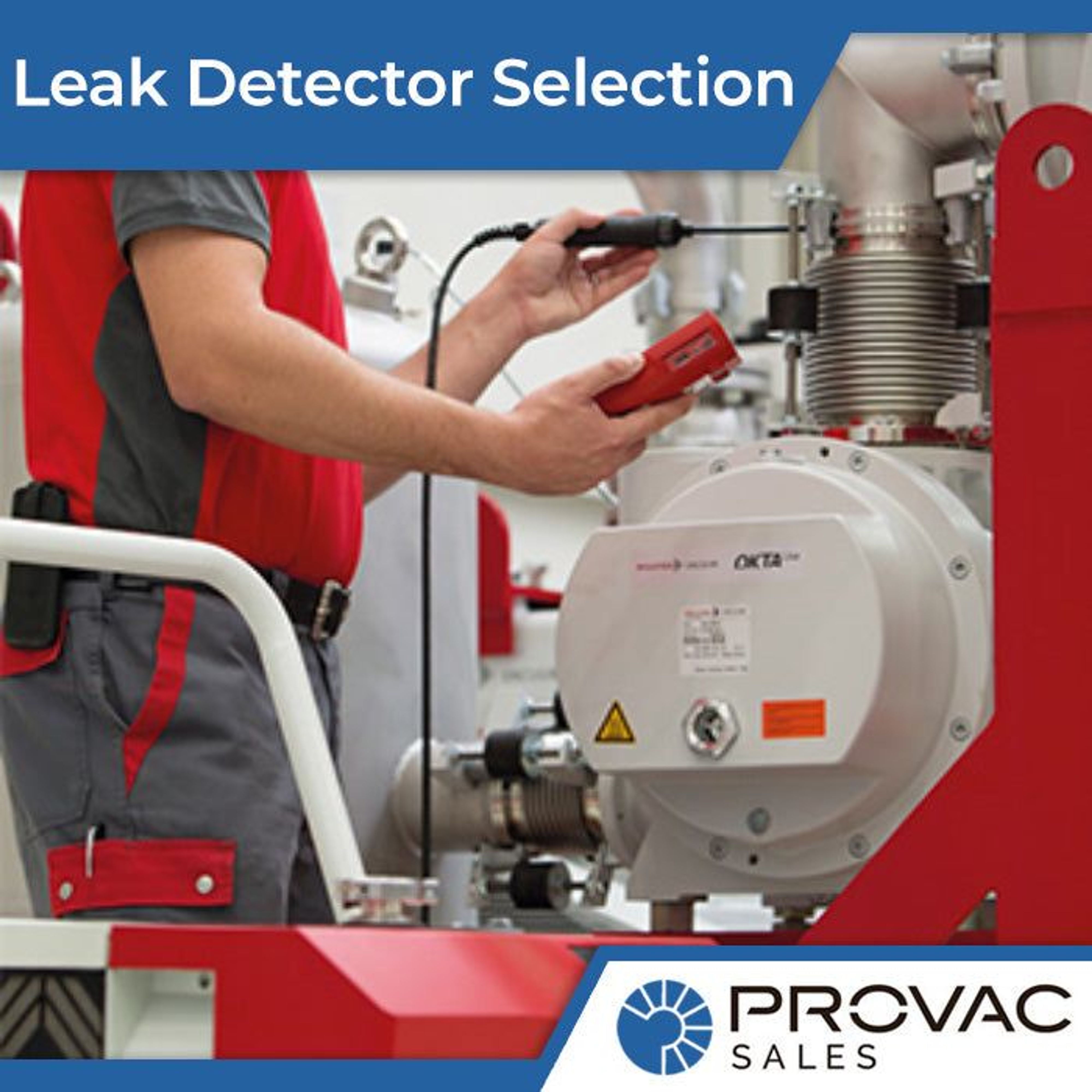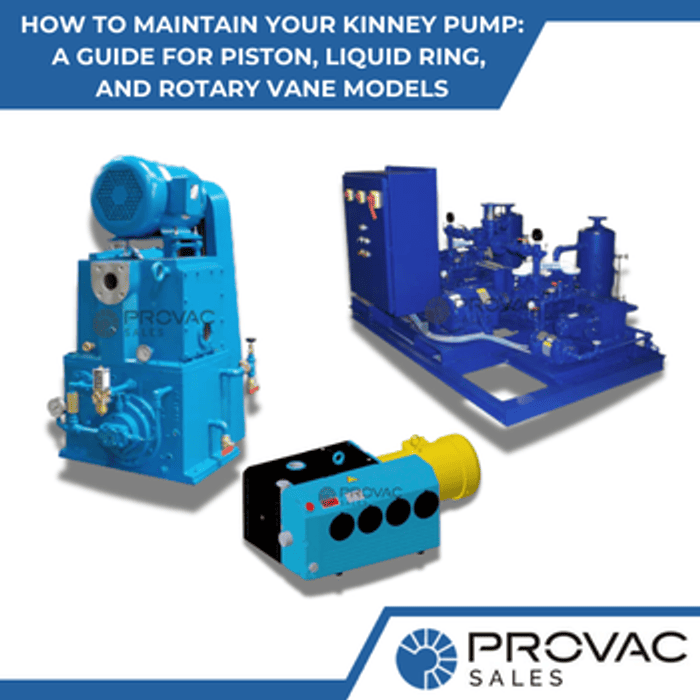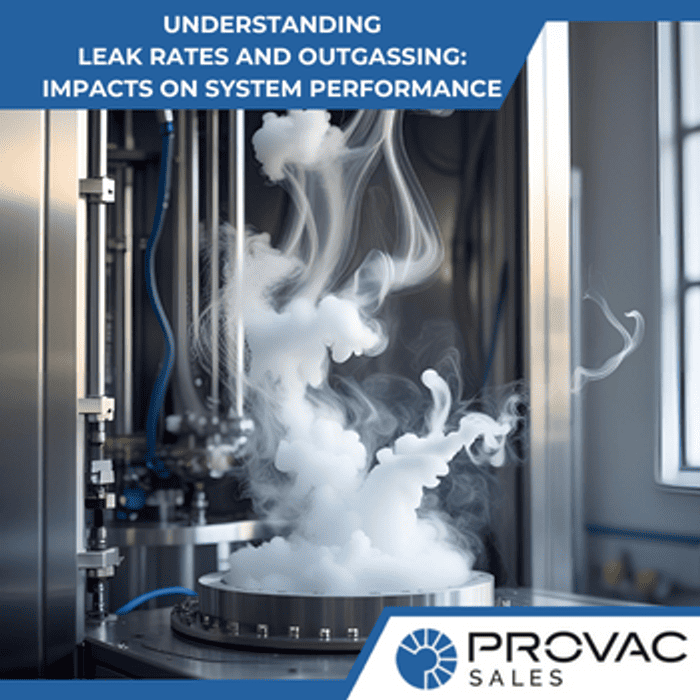Helium leak detectors (HLDers) are single gas mass spectrometer devices. They are tuned to detect the presence of helium and also have the capability of measuring a leak or verifying the absence of a leak to a given value. Helium is used as a tracer gas because it is a very small atom, is an inert gas, is relatively inexpensive, and is present in ambient atmosphere air in extremely small values (mid range 1-07). The "leak" is most commonly measured in atmospheric cubic centimeters per second (atm cc/sec). This value will be in Torr or Millibar (mbar). There is 760 Torr or 760 mm of Hg per atmosphere. There is 1013 mbar or 1.0 bar per atmosphere. The described leaks are also commonly referred to as the end pressure that they can detect and are described in either mbar or Torr. A HLDer is comprised of a high vacuum pumping station, an analyzer compartment (cell), and a read-out device to indicate the pressure and/or leak rate. The high vacuum station is comprised of a high vacuum pump, which will be a diffusion or turbo molecular vacuum pump, and a secondary pump or pumps to do the initial pulling of vacuum and to back (work in union with) the turbo or diffusion pump. This secondary pump is often referred to as the rough, hold, or backing pump. Traditionally this rough pump is/was an oil sealed mechanical vane pump. The trend of late is to substitute this vane pump for that of a non-oil sealed pump. These "dry" pumps as they are called, will either be a diaphragm/membrane, screw, or the most popular today, a dry scroll pump. An oil sealed vane pump is the superior pump for that of helium, but the recent trend is to be, "all dry". Here in the US, Varian (now Agilent) has the largest market share of existing working HLDers. The other big names in the industry are Alcatel (now Adixen), Leybold/Inficon (now Oerlikon) and Veeco/VIC. Lesser players would be Edwards and Pfeiffer. A couple of Asian companies make HLDers (Ulvac is the biggest name here in the US) and some manufactures, like anything else these days, buy from another company and put their name on it. A new helium leak detector is going to vary in price from ~$20,000 - $50,000. A refurbished unit is going to cost ~ $8,000 to $25,000. The Alcatel models have for many years been known for their ability to detect very small leaks. The Varian was known for a large range of pressures that they can detect helium. If one looks at various HLDer literature over the years, one will note that everybody makes claims on what small leaks their detectors can detect, anywhere from 1 x 10-8 to 5x 10-12 Torr (or atm cc/sec). This "claim" could be described with an analogy to automobiles, especially 30 plus years ago. Most all cars claimed or had on their speedometers an upper speed of 120 to ~ 150 MPH. For certain cars, there is no way you'd speed up to 120 MPH whereas with some high-end cars, it would be no problem for the car. And keeping with this analogy, if the desired task was to transport a load of gravel 100 miles, you would want to use a truck, not a fast sports car. For cars, the need to achieve 120 MPH speeds is insignificant for most people. Likewise, most applications for HLDers really do not need to test at the 10-10, 10-11 or 10-12 range. That said, often engineering specifications will be made by engineers who will specify a leak tightness requirement based on what is available to test or verify. Another driving force with HLDer specs or leak specs is the military. They are always pushing the envelope on specifications for acceptable product. Anything of military grade these days that has a leak spec will be in the 10-9 range. This is also the upper specification for most semiconductor manufacturers, the pharmaceutical industries, and anything related to handling reactive or dangerous gases. Again, with 10-9 being the upper value. The exception to the above leak value description would be with the nuclear industry. They wrote the book on methodologies and the basic technology utilized in today's HLDers was invented during the advent of the first nuclear bomb during the Manhattan Project. This industry likes to determine leaks to the 10-11 range. There are many comparative aspects to the various HLDers on the market. The typical ones are: Sensitivity rating: its smallest leak it can detect and the largest leak it can handle. Response time: time from the HLDer's first ingestion of helium to a leak rate being displayed on a read-out) Roughing time: how long it takes to evacuate a given volume to a pressure in which the HLDer can start detecting range of sensitivity: This can be anywhere from atmosphere on down to ~ 5 x 10-12. Measurement range of the detectable leaks: gross leaks (atm to 10-4), medium leaks (10-5to 10-7), or fine leaks (10-8 to 10-11). Ideally, the unit is to be able to find gross leaks and fine leaks. Automation: does one want a one button operation for a person leak checking small devices all day or is this a large singular system in which a skilled operator wants to see how gauges behave? Ease of use: this will include calibration and ruggedness (or ability to withstand abuse). Others: cost, maintenance, type of backing/roughing pump, clean-up time (ability to digest and exhaust a flood of helium) customer service/warranty issues, size, types of displays etc. For high sensitivity (better than 10-9 value) there are three key aspects: the ability to detect the presence of small amounts of helium, the leak or pressure measurement capabilities, and the ability to calibrate the instrumentation. Calibration will drift or change due to many variables. How much they will drift will vary from manufacture to manufacture. The ease or ability to calibrate will also vary. A key to calibration is the exactness of the calibration. The ideal is both the least amount of drift as well as ease of calibration and exactness of correct calibration. The issue of calibration is very important to HLDers. Calibration is achieved with use of a small capillary vessel, about ~ 200 ml that has helium in it. This vessel, known as a calibrated leak will have a small orifice leak, allowing for an extremely small "leak". The calibrate leak will have a known leak rate at a constant temperature. Depending on make and exact style of manufacture, this rate of leak will only degrade 3% per year. It will also vary an average of 2% per degree Celsius. Typically one would take a calibrated leak, install it to the inlet of an HLDer, put the HLDer in a test mode, and then adjust the instrumentation potentiometers to read the known leak rate value. Many HLDers today will have an auto-calibration feature. An HLDer with an auto-cal feature will have an internal calibrated leak which at the push of a single button will valve the system to that of the calibrated leak and automatically adjust the instrumentation to that of the known leak value. The auto-cal process requires some sort of microprocessor or computer. In the evolution of HLDers, circuitry went to micro circuitry and IC chips. Read-outs went from analog to digital, calibration of potentiometers by hand transitioned to computers running everything and so forth. The trend has been to dummy down the units such that a briefly trained technician can hit one or two buttons and assume all is well while testing. In conclusion, for choosing a helium leak detector, having a good understanding of the type of leak to be determined (or lack of), methodology of how it is to be used, who is going to use it (degree of knowledge) initial cost, and cost of ownership (maintenance repairs) are all factors to be thought out. For any follow-up questions/issues/quotations, Provac Sales, Inc. can help you. Give us a call or email us.





